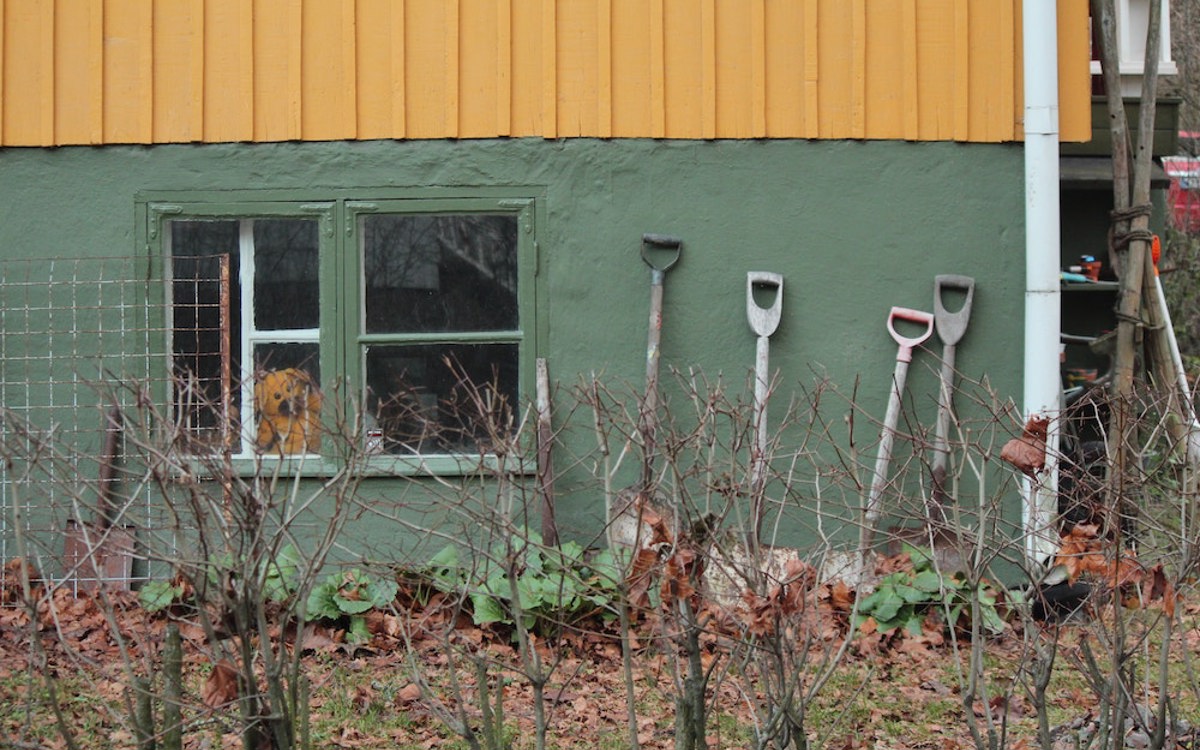
Did you know autumn is actually a great season to garden?
Research conducted as part of the gardening charity's 'Grow at Home This Autumn' campaign, found that autumn is especially good for planting evergreens, as well as bulbs such as tulips, daffodils, lilies, hyacinths and snowdrops. Without the difficult fluctuations of spring weather, and the need to be watered regularly, these plants can grow new roots much better.

Autumn is also the time to examine your lawn for signs of wear and tear and treat if necessary. At this time of year, any treatment has time to take effect before temperatures fall and growth stops. We've researched some top tips for autumn lawn care.
Aerating
Aerating (or spiking) lawns allows better movement of air and importantly water in the root zone. A well-aerated lawn will manage better in periods of drought or waterlogging. For an average lawn, aeration every two to three years should be all that's needed. Concentrate on areas that receive the most wear and those that are compacted. Small areas can be spiked with a garden fork, spacing holes 10-15cm (4-6in) apart and deep. On clay or waterlogged soils use a hollow-tine aerator every three to four years. This extracts plugs of soil from the lawn. After hollow-tining, sweep up the plugs and then rake a top-dressing into the holes to improve air and moisture penetration.
Top-dressing
Top-dressing is simply applying loam, sand and well-rotted organic matter to a lawn in order to correct surface irregularities and improve the texture of difficult soils. This encourages greater rooting and thickening of the turf.
Flatten
And lastly, it's a good time to correct bumps and troughs, use an edging iron or spade to slice through the turf and roll it back. Fork over the underlying ground and add or remove soil as needed. Replace the turf, pressing the edges together, and water thoroughly.
Find more of our interior design blogs for inspiration.
Share